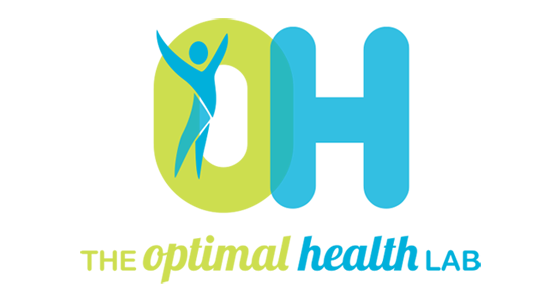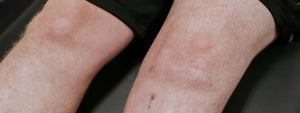May 29, 2023
Finally, you have reached the point where your physiotherapist and orthopaedic surgeon have cleared you for a return to your chosen sport, but do you feel ready? Or are you nervous and tentative about going back? Do you have any worries about moving on from this ‘injury chapter’ and simply getting back to just playing your sport?
The focus of this final stage is not just preparing the knee joint for a return to sport, but preparing the person as a whole. The individual needs to be physically and mentally prepared. That’s why throughout this stage we use a number of psychological preparedness questionnaires to determine your readiness to return to sport. We will also consider consulting a psychologist if the decision is made in conjunction with the patient that this may be necessary.
As we have all along, we also make sure you are up to scratch in a variety of different physical parameters. These cover different elements of strength, dynamic balance, limb symmetry and excellent hopping & dynamic movement control.
We also need to get your fitness and conditioning up to scratch. Fatigue is a big factor in injuries – this is why there are often a greater number of knee injuries in the early rounds of seasons. The athletes simply aren’t used to dealing with such high levels of fatigue, and their strength and mechanics fail them. Doing all that you can to get your fitness back and prepare yourself for the rigours of game play will hold you in good stead for a safe return.
Generally, this phase involves getting you back into situations that are similar to your chosen sport, with an eventual resumption of full training. This is gradually progressed at the discretion of your medical/ allied health team and coaches but generally starts with non-contact drills and skill work, progressing to contact and eventually full match simulated conditions. You don’t just complete one full training session and you are ready to go either. It is very important to get a solid training block of full training under your belt to re-familarise yourself with the game requirements and build up a tolerance to the loads that will be placed on you during game play – not to mention you will need to brush up on your skills after so long away from the game!
Whilst there is no golden rule about getting back to sport after any knee surgery, including anterior cruciate ligament reconstructions, medial patellofemoral ligament reconstructions and meniscal repair surgery. They are ALL criteria driven decisions – however, there is good evidence to suggest that you should not return to sport before the 9-month post-surgery mark after ligamentous repairs. The evidence shows that for every month up until 9 months that you wait to return to sport, your risk is reduced by 51% in an ACL reconstruction patient (Grindem et al. 2016). This may seem like a long time, and it is, but very often even professional sportspeople who are rehabilitating their knee full time are not able to achieve a return in this time frame. For amateur sportspeople this basically makes it a no brainer to wait until this point. The statistics also suggest that younger athletes should wait even longer than this to return to minimise their risk of re-rupture. This gives sufficient time to tick all of the boxes from a physical standpoint, like smashing big figures on the OHL Nordbord, and to mentally prepare so that you give yourself the best possible opportunity to avoid re-injury.
Being specific to ACL reconstruction again (as it has lots of research compared to MPFL reconstructions), the reality is rupturing your ACL means you are at a significantly higher risk of doing it again. Therefore, it is imperative that you consider some injury prevention programs. There are many excellent injury prevention programs out there that have been developed specifically to decrease the incidence of knee injuries in different sports. Most of these are designed to be incorporated into the warm up phase of your trainings and games. There is really no excuse not to be implementing these programs into your trainings and practices – the evidence shows that >50% of serious lower limb injuries can be avoided with strict adherence.
Examples of these programs include:
- FIFA 11+ program (Soccer)
- KNEE program (Netball)
- FootyFirst program (AFL)
- Smart Rugby (Rugby Union)
In summary, before you return to sport you should make sure that you are physically and mentally prepared. There should be no doubt in your mind that you can go out there and perform successfully and safely. You should have completed a comprehensive rehabilitation program that lasts a minimum 9 months and successfully ticked off the metrices around mental preparedness and return to sport testing protocols with your OHL Physiotherapist . And, lastly, you should be routinely implementing a recognised injury prevention program several times throughout the week to mitigate your risk as much as you possibly can.
Good luck athletes - we hope your return is a joyous celebration of being back on the track, field, court, ground or pitch and feeling the high of playing sport unrestricted once more!
Want to know more about how we can help you with you knee journey? Call us on 9431 5955 or book online to see your trusty OHL team member.




